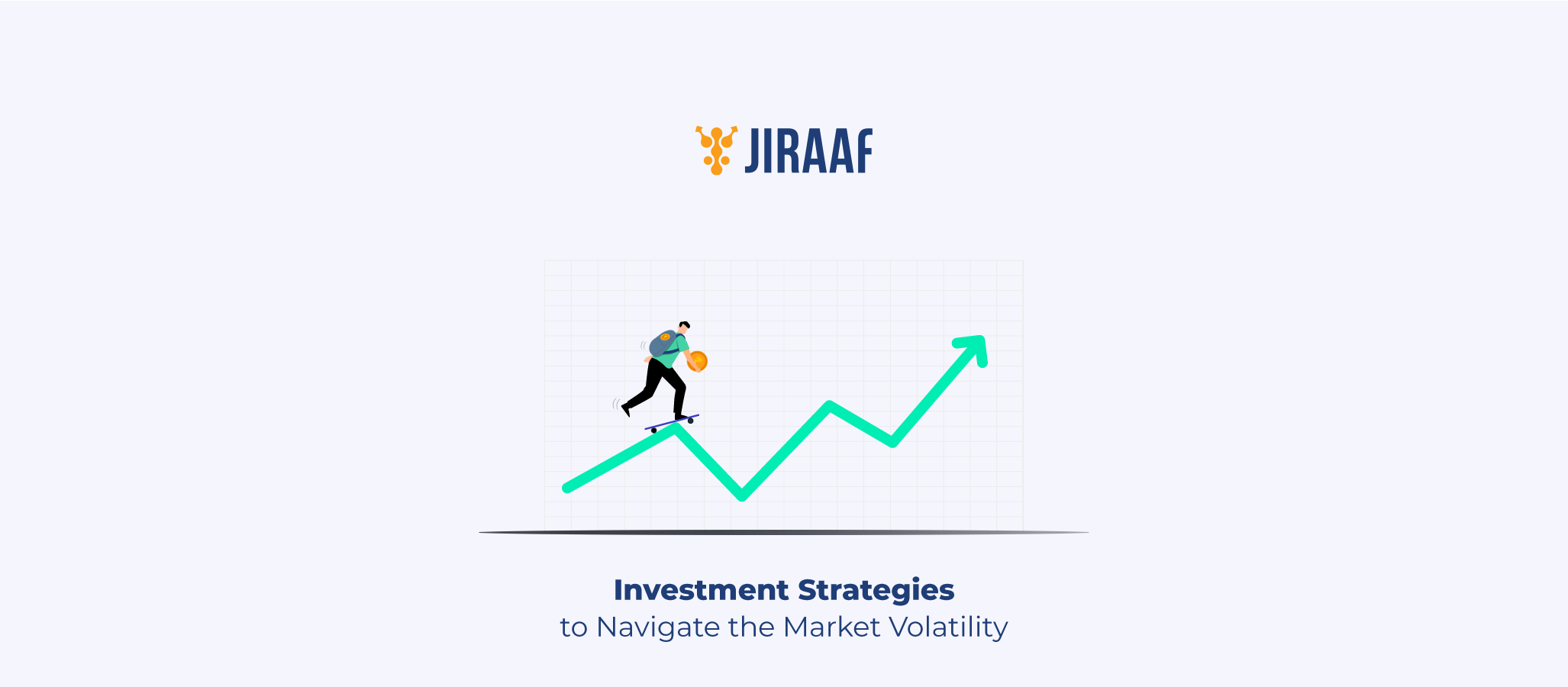On December 10, 2024, the Indian government unveiled a proposal to introduce a savings instrument specifically targeted at the middle class: bonds offering interest rates exceeding the prevailing consumer price inflation (CPI). The initiative aims to provide retail investors with a secure and attractive investment option that can protect their purchasing power in an inflationary environment. While official announcements from the government or the Reserve Bank of India (RBI) are yet to be made, this proposal has already sparked considerable interest among investors and analysts.
The concept is particularly significant in today’s economic context, where rising inflation has eroded real returns from traditional savings instruments. If implemented effectively, these bonds could emerge as a transformative tool for household savings and financial security. Let’s explore the implications of this move, its potential impact on the economy, and actionable advice for retail investors.
Understanding the Proposed Bonds
The proposed bonds are likely to be designed to provide interest rates higher than the prevailing inflation rate, ensuring that investors achieve real returns. This feature is particularly appealing in a scenario where inflation has been eating into the returns of traditional savings instruments like fixed deposits and small savings schemes. While details are yet to be finalized, the government’s intent appears to be to offer a financial product that caters specifically to the aspirations and concerns of the middle class, many of whom have faced economic strain in recent years.
Rationale Behind the Government’s Initiative
Several economic and social factors seem to have influenced the government’s decision to introduce these bonds:
1. Reviving Household Savings
India has witnessed a steady decline in household savings as a percentage of GDP over the past decade, partly due to inflationary pressures and shifting consumption patterns. By offering an inflation-beating instrument, the government aims to rekindle the habit of saving among the middle class.
2. Providing a Stable Investment Alternative
With equity markets witnessing increased volatility and real estate becoming less accessible due to high prices, the middle class has limited low-risk investment options. These bonds offer a safer alternative with predictable returns.
3. Addressing Inflation Concerns
High inflation, particularly in food and fuel, has been a persistent challenge. By introducing bonds that promise returns above CPI, the government is signaling its commitment to addressing the erosion of purchasing power faced by households.
4. Enhancing Financial Inclusion
Targeting the middle class with a straightforward and accessible savings instrument also aligns with the government’s broader goal of increasing financial inclusion and bringing more individuals into the formal financial system.
Current Economic Landscape and Inflation Scenario
Economic Growth
India’s GDP growth has been robust, with Fitch Ratings revising its growth forecast for FY 2024-25 to 7.2%. This upward revision reflects strong domestic demand, increased infrastructure spending, and robust performance in key sectors like manufacturing and services. Additionally, the International Monetary Fund (IMF) has projected India to remain the fastest-growing major economy globally.
Despite global headwinds, including geopolitical uncertainties and tightening financial conditions, India’s economy has demonstrated remarkable resilience. The RBI’s internal projections indicate that GDP growth for the next fiscal year is likely to remain within the range of 6.5% to 7.0%, supported by structural reforms and favorable demographics.
Inflation Trends
The Reserve Bank of India (RBI) has been working to anchor inflation expectations around its 4% target. However, CPI inflation has fluctuated between 5% and 6% in recent months, primarily driven by volatile food prices and imported energy costs. According to the Ministry of Statistics and Programme Implementation (MOSPI), retail inflation stood at 5.48% in November 2024, a slight moderation from the previous month due to easing vegetable prices.
Looking ahead, the RBI has projected CPI inflation to average around 5.2% for the first half of 2025, assuming normal monsoon conditions and stable global commodity prices. However, risks remain tilted to the upside due to potential disruptions in global energy supply chains and uncertainties in agricultural output.
Monetary Policy Stance
To balance growth and inflation, the RBI has opted to maintain its key policy rates while implementing measures like reducing the cash reserve ratio. However, the central bank remains vigilant about inflationary pressures and has indicated that it will not hesitate to tighten monetary policy if inflation deviates significantly from its target.
RBI has, in recent past, emphasized the importance of managing inflation expectations, noting that sustained inflation above 6% could undermine consumption and investment. Additionally, the RBI has expressed concerns about the pass-through effect of global commodity prices, which could impact core inflation despite easing food prices.
Potential Features of the Proposed Bonds
While official details are awaited, the following features are likely to define these bonds:
- Inflation-Linked Returns
- Interest rates will be pegged above the CPI, ensuring real returns for investors.
- Fixed Tenure
- Bonds may come with varying maturity periods, such as 3, 5, or 10 years, catering to diverse investment horizons.
- Tax Incentives
- To further attract investors, the bonds might offer tax exemptions on interest income or maturity value.
- Accessibility
- The bonds are expected to be available via both online and offline channels, ensuring ease of investment for tech-savvy and traditional investors alike.
- Safety and Sovereign Backing
- Being government-backed, these bonds would offer unparalleled security compared to corporate debt instruments.
Global Context: Learning from Similar Instruments Abroad
Countries like the U.S. and the U.K. have successfully implemented inflation-linked bonds to protect investors from inflation:
- U.S. Treasury Inflation-Protected Securities (TIPS): These bonds adjust their principal value based on changes in the CPI, ensuring real returns. They are highly popular among conservative investors.
- UK Gilts: Inflation-linked gilts have been instrumental in providing stability to the savings of retirees and other low-risk investors.
India can learn from these examples to design a product that balances investor needs with fiscal prudence.
Anticipated Public Response
The proposed bonds are expected to garner significant interest, especially among the middle class, due to the following reasons:
- Attractiveness of Returns: Inflation-beating returns will appeal to risk-averse investors looking to safeguard their wealth.
- Trust in Government Backing: The sovereign guarantee will provide a sense of security that corporate bonds or mutual funds may not offer.
- Inflationary Pressures: With inflation impacting household budgets, the assurance of real returns is likely to draw significant participation.
Implications for the Indian Bond Market
The introduction of inflation-linked bonds tailored for the middle class could significantly reshape the Indian bond market. By addressing a gap in the current landscape, these bonds are expected to attract a broader base of retail investors, enhancing market depth and participation. Additionally, their unique structure and sovereign backing could influence pricing dynamics and set new benchmarks for debt instruments in India.
Enhanced Retail Participation
The bonds could bring more retail investors into the bond market, improving its depth and liquidity. Historically, retail participation in the Indian bond market has been limited due to a lack of accessible and attractive instruments. These bonds, with their inflation-adjusted returns, could mark a turning point in broadening the investor base.
Benchmarking
Inflation-linked bonds may establish a new benchmark for pricing debt securities in India. Their introduction could influence the structure and yields of similar instruments, compelling issuers to reassess their offerings to remain competitive in the market.
Market Dynamics and Competition
With these bonds offering inflation-beating returns, other issuers, such as corporates and state governments, might face increased pressure to offer higher yields on their instruments. This shift could lead to a recalibration of borrowing costs and create a more competitive capital market environment.
Fiscal Implications
On the government’s side, these bonds could provide a stable and reliable source of domestic funding. However, the fiscal impact would depend on the scale of issuance and the interest rate differential. A well-managed issuance strategy could strengthen India’s fiscal position while fostering a more robust savings culture.
Advice to Retail Bond Investors
For retail investors considering these bonds, here are some key pointers:
- Align Investments with Goals
- Ensure the bond’s features match your financial objectives and risk tolerance.
- Diversify Portfolios
- While these bonds offer security, maintaining a diversified portfolio is crucial to mitigate risks and enhance returns.
- Understand Liquidity Constraints
- Be mindful of the bond’s tenure and any potential restrictions on premature withdrawals.
- Stay Informed
- Keep track of official announcements for detailed terms and conditions.
Potential Risks to Consider
While these bonds offer several advantages, they are not devoid of risks:
- Liquidity Risk: The absence of a well-developed secondary market could make it challenging to sell the bonds before maturity.
- Tax Implications: Depending on the structure, interest income may be taxable, reducing the effective returns for investors in higher tax brackets.
- Inflation Volatility: If inflation trends down sharply, the real attractiveness of these bonds may diminish.
Conclusion
The government’s proposal to introduce inflation-linked bonds for the middle class is a timely and strategic initiative. It addresses the twin challenges of declining household savings and persistent inflation. By ensuring real returns, these bonds could act as a crucial safeguard for middle-class wealth while promoting financial security.
However, the success of this initiative hinges on thoughtful design, including competitive yields, tax incentives, and investor-friendly features. Effective communication and investor education will be equally critical to ensure widespread adoption. For retail investors, these bonds present an opportunity to secure inflation-adjusted returns in a safe and predictable manner. However, careful evaluation of the bond’s terms and alignment with personal investment goals is essential. As India’s financial landscape evolves, such innovative instruments could play a pivotal role in empowering the middle class and fostering a robust savings culture for years to come.
Discover fixed income investments with Jiraaf, a SEBI registered online bonds platform that educates and brings access to a wide array of bonds. Sign up today to explore diversified fixed income investment opportunities to support your goal-based wealth creation journey. Start investing!




